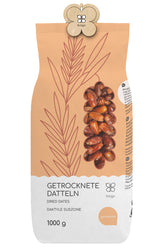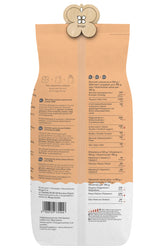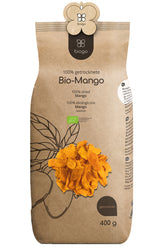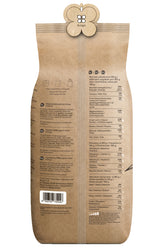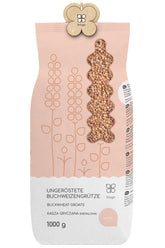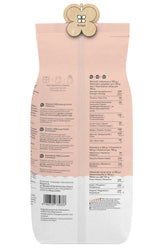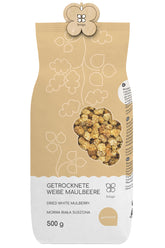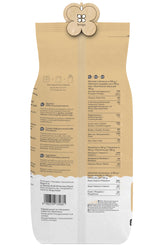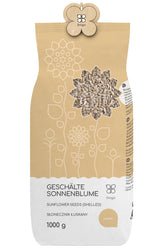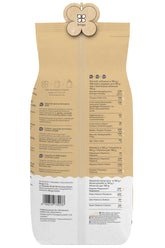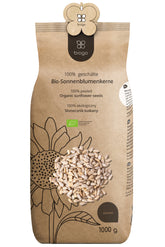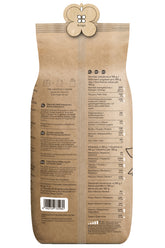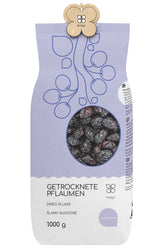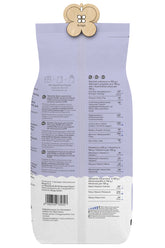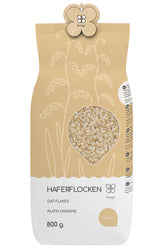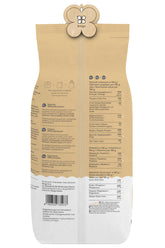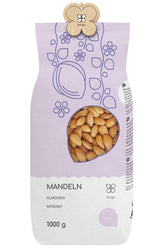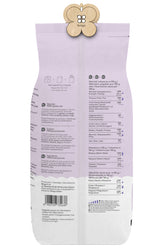Boric acid is a versatile chemical compound used in a wide range of applications. As a natural product derived from boron compounds, boric acid is not only environmentally friendly but also extremely useful in industry, agriculture, and even household applications. In this blog post, we take a closer look at the various uses of boric acid, its safety aspects, and the criteria for purchasing high-quality products.
Diverse applications of boric acid
Boric acid is a chemical compound consisting of boron, hydrogen, and oxygen. It is a white, crystalline powder that is soluble in water. Due to its unique properties, boric acid is used in numerous industries:
Industrial applications
In industry, boric acid is used as a flame retardant, humectant, lubricant, and cleaning agent. It also plays an important role in glass manufacturing, ceramic production, and metal processing.
Agricultural use
In agriculture, boric acid serves as a fertilizer to compensate for boron deficiency in soils and plants. It is also used as a fungicide and insecticide to protect crops.
Household applications
Boric acid can also be used in various household applications - as a cleaning agent, food preservative, or ingredient in cosmetic products. Additionally, it can be used for disinfection and pest control.
Medical use
In medicine, boric acid serves as an antiseptic and is used in ointments, creams, and eye drops. It is also used in homeopathy.
Other applications
In addition to the mentioned applications, boric acid is also used in the fireworks industry, candle production, and textile finishing. Furthermore, it plays an important role in research and the development of new materials.
Safety Aspects When Using Boric Acid
Although boric acid is considered relatively non-toxic, certain safety aspects must be observed during handling. Generally, boric acid should not be ingested in large quantities or over an extended period, as it can be harmful to health in high doses.
Protective Measures When Handling
When handling boric acid, it is advisable to wear protective gloves and goggles. Good ventilation of the work area is also important. In case of skin contact, the affected area should be rinsed immediately with water.
Storage and Transport
Boric acid should always be stored and transported in tightly sealed containers to prevent leakage. Additionally, a dry environment is important, as boric acid can react when exposed to moisture.
Disposal
Empty packaging and boric acid residues must be disposed of properly. Depending on the quantity and intended use, different regulations apply, which must be strictly followed.
Criteria for Acquiring High-Quality Boric Acid Products
When purchasing boric acid products, consumers should pay attention to several important quality criteria:
Purity and Quality
High-quality boric acid is characterized by high purity and quality. Key factors here are the level of impurities and compliance with applicable standards and guidelines.
Origin and Certification
Trustworthy manufacturers of boric acid products can transparently disclose their origin and production processes. Additionally, the products should have appropriate certifications.
Safety Data Sheets
Safety data sheets are essential for the safe handling of boric acid. These provide information on ingredients, hazards, protective measures, and disposal.
Consultation and Service
A competent supplier should provide expert advice on boric acid products and offer good customer service.
Those who consider these criteria when purchasing boric acid can be confident of acquiring high-quality and safe products. This allows the diverse applications of boric acid to be used optimally and responsibly.

